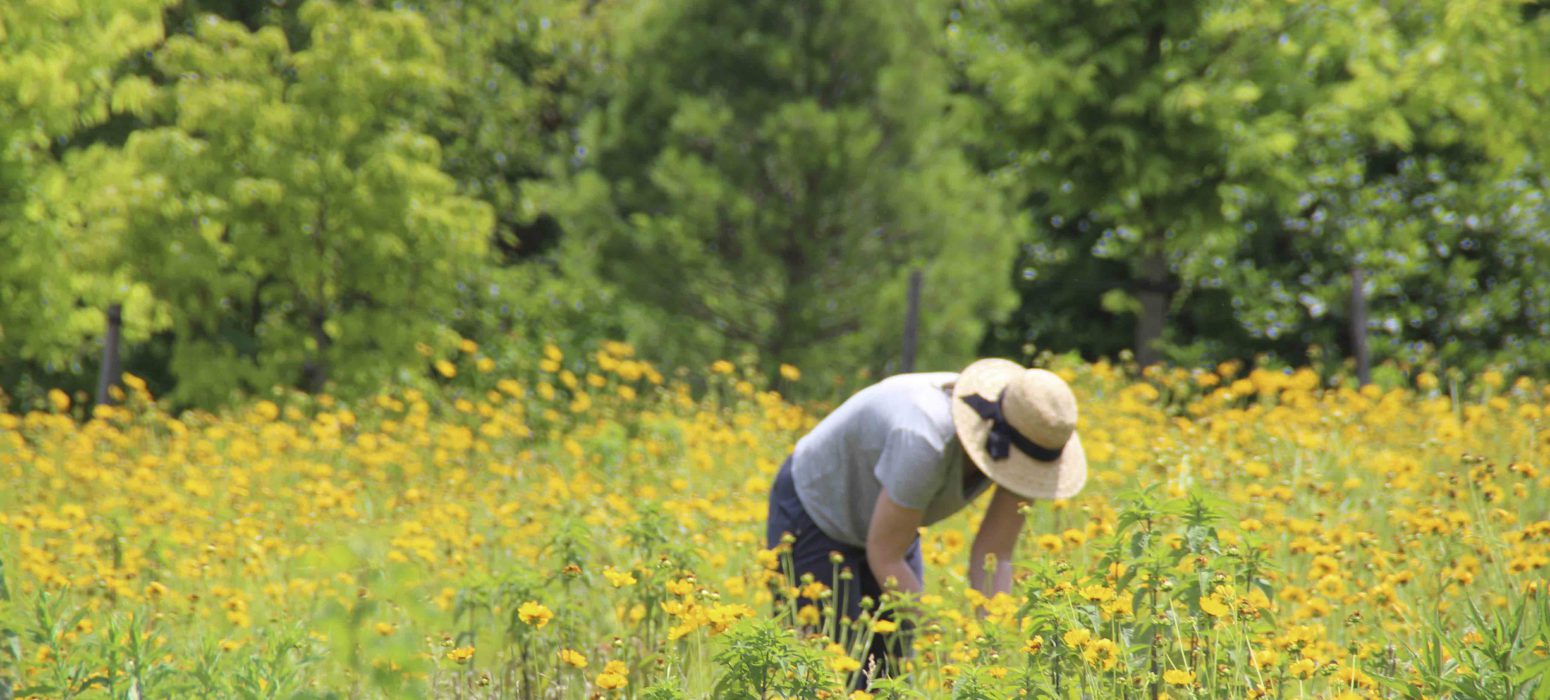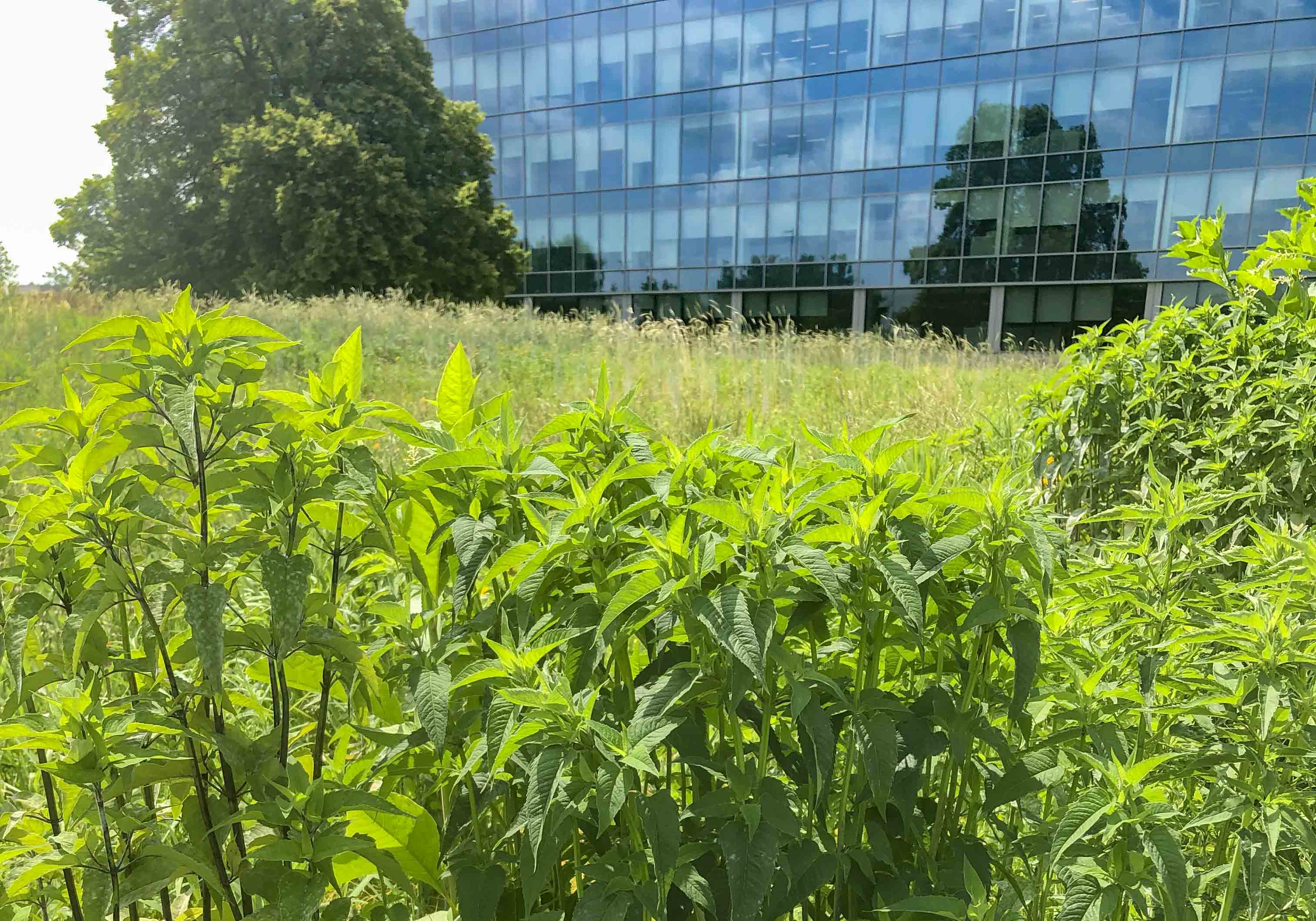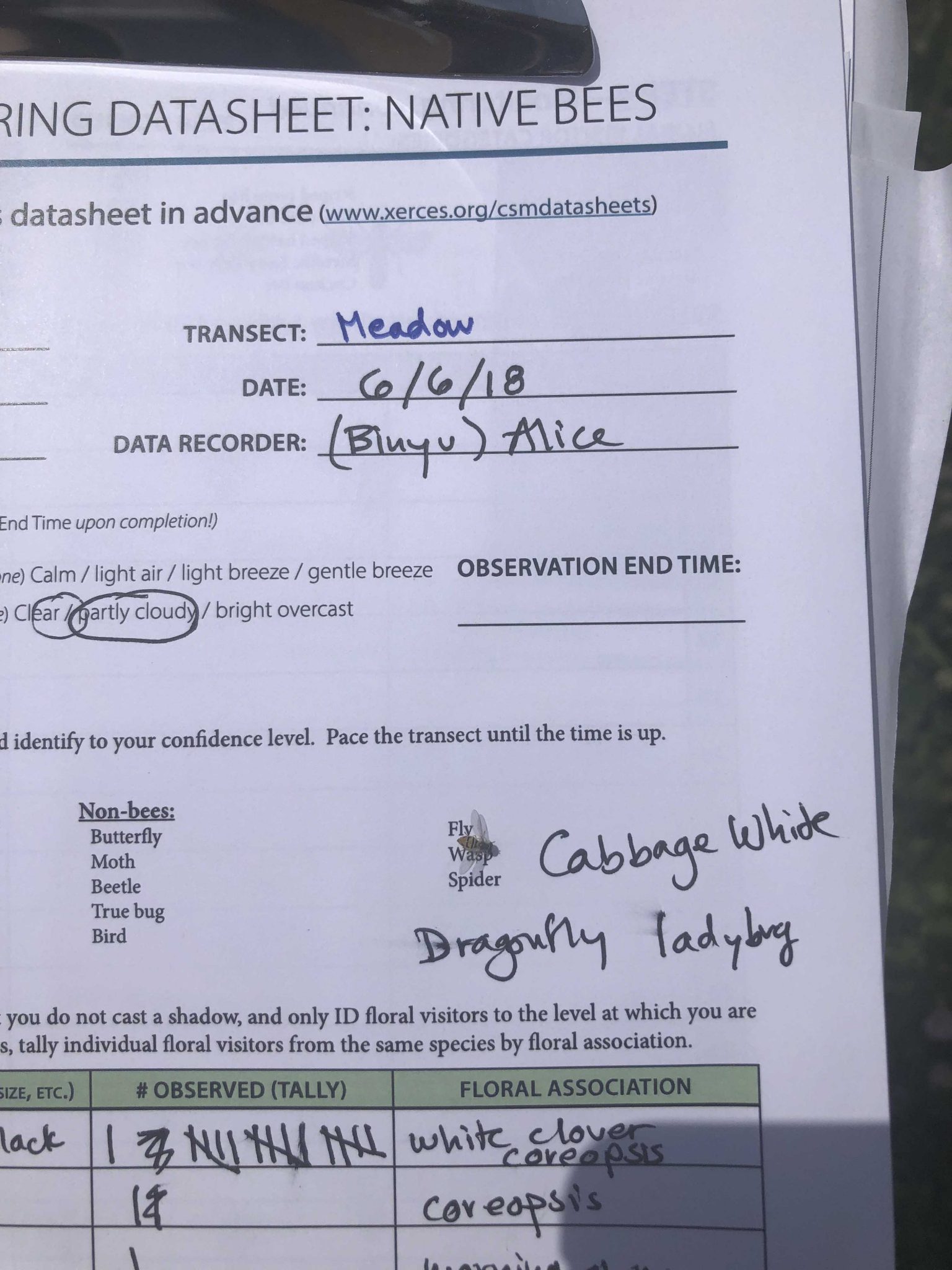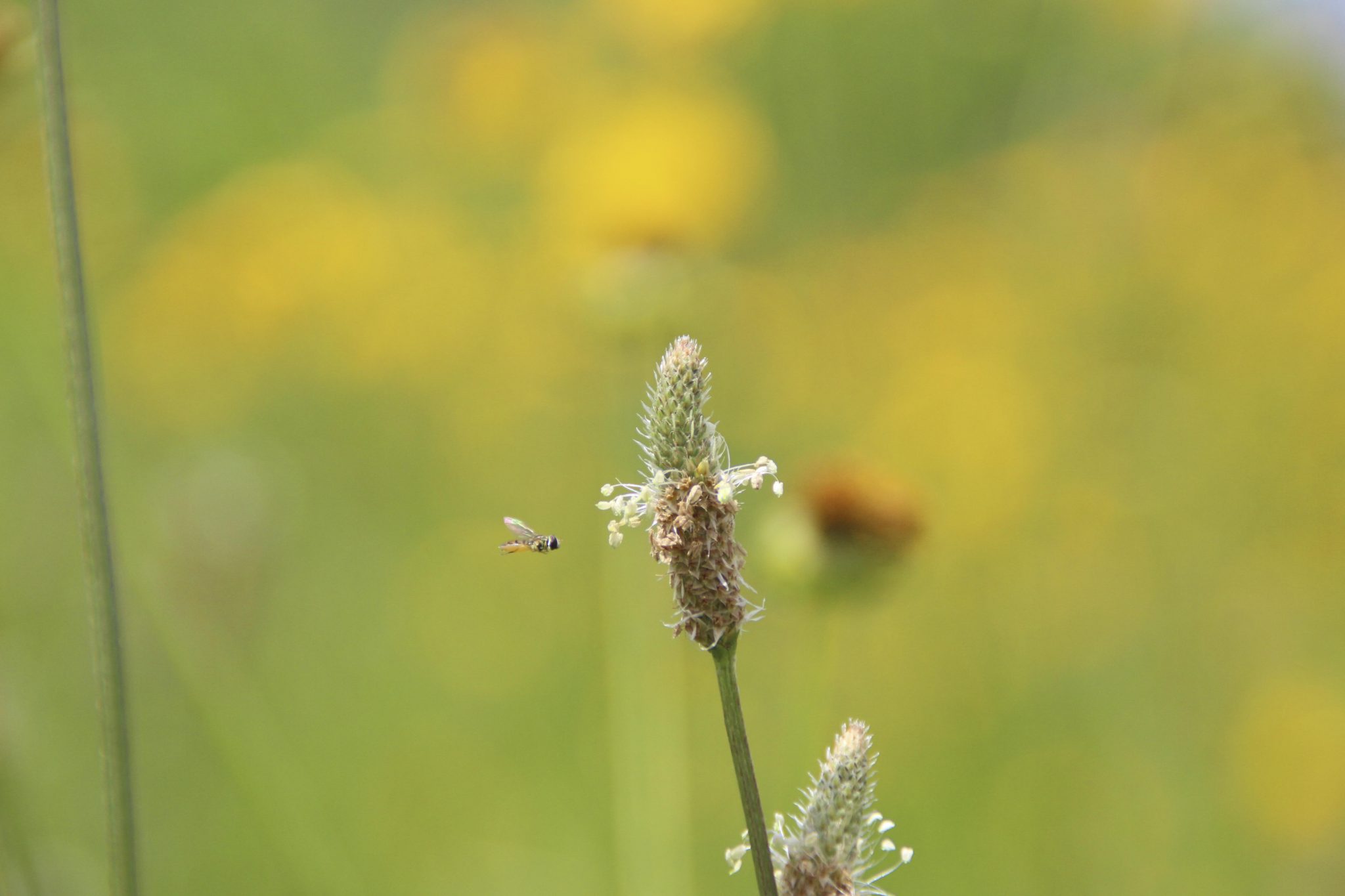On a nice summer day you may be lucky enough to be on a rural trail surrounded by open meadows. You’ll see the bursts of color of various flowering plants poking through waving grass under the wings of buzzing pollinators that zip through space almost invisibly. It’s a beauty to behold, and quite tempting to replicate in places where we work and live for a host of reasons including their aesthetic, ecological, and economic benefits.

We know what a meadow looks like, but what is it exactly? Primarily, we understand they are predominately grasses and flowering perennials. They are home to unique communities of flora and fauna that cannot survive under forested conditions, turfgrass monocultures, or other typical urban/suburban plant communities. For all of these reasons, meadows are an increasingly popular landscape type in urban and suburban environments- and what’s not to love? Four season visual interest, habitat for birds and bugs, low maintenance, and all for the cost of a bag of seed. However, creating a complex, layered, and inter-connected ecosystem from scratch on a construction site is a complex endeavor, and working with contractors and site owners to establish ecologically and aesthetically successful plant communities from seed requires communication and collaboration.
As Landscape Architects, Mahan Rykiel includes meadows in various projects across all of our sectors. So to tackle the challenge, much the way our pollinator friends work together to solve their problems, we’re building partnerships that in turn build knowledge we can all share to get the work done.


Currently we’re working with Penn State University, and the Xcersis Society, a science-based nonprofit organization that protects wildlife, on research investigating the relationship between design intent and ecological effects in an urban/suburban meadow ecosystem. It will include a study of vegetative dynamics and invertebrate biodiversity at our recent McCormick Headquarters project in Hunt Valley, a suburban town just outside of Baltimore City. In doing so, we hope to bring a more nuanced understanding of vegetative dynamics, invertebrate biodiversity, and performance specifications to the design, installation, and maintenance of urban/suburban meadows. Most importantly, we hope to figure out what’s bugging our little friends – Happy Pollinator Week and we’ll keep you posted!
Learn more about Mahan Rykiel’s research and development.

